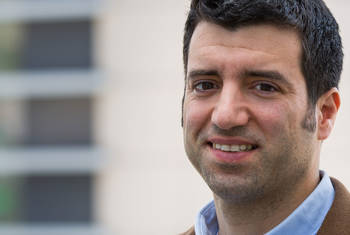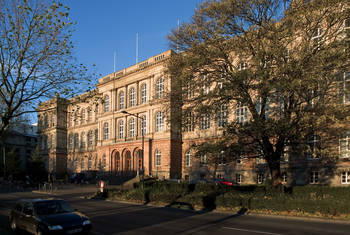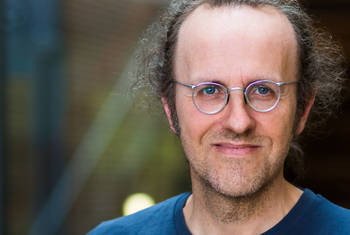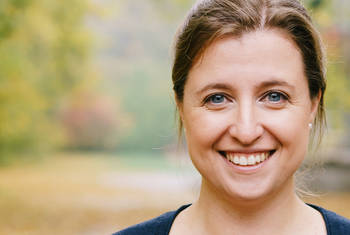Julio Saez-Rodriguez How Can the Toxic Effects of Chemical Compounds on Humans Be Predicted by Means of Crowdsourcing?
Julio Saez-Rodriguez is Visiting Group Leader at the European Bioinformatics Institute and Professor for Computational Biomedicine at RWTH Aachen, Germany. Previously, Saez-Rodriguez has been a Senior Fellow at Wolfson College, Cambridge University and a Postdoctoral Fellow at Harvard Medical School and MIT, Boston (USA). Saez-Rodriguez’s research lies at the intersection of biomedicine and computational methods. He collaborates with various experimental groups, in order to seek out new therapies to treating diseases. In his most recent research project, Saez-Rodriguez uses crowdsourcing in order to advance the scientific knowledge on pharmaceuticals.
Area of Research
Computational Biomedicine
since 2015
Professor for Computational Biomedicine
RWTH Aachen University (Rheinisch-Westfälische Technische Hochschule Aachen) (more details)
Joint Research Center for Computational Biomedicine at the RWTH University Medical Hospital
since 2015
Visiting Group Leader
European Bioinformatics Institute
2010-2015
Group Leader
European Bioinformatics Institute
2007-2010
Postdoctoral Fellow
and Massachusetts Institute of Technology (MIT)
2002-2007
Research Assistant
Max Planck Society
Max Planck Institute for Dynamics of Complex Technical Systems
2001-2002
Research Assistant
University of Stuttgart (Universität Stuttgart)
and Insilico Biotechnology
2007
PhD in Process Engineering
Otto-von-Guericke University Magdeburg (Otto-von-Guericke-Universität Magdeburg)
And Max Planck Institute
2001
Master in Chemical Engineering
University of Oviedo, Spain
- PrECISE: Personalized Engine for Cancer Integrative Study and Evaluation (2016-2018)
- SyMBioSys: Systematic Models for Biological Systems Engineering Training Network (2015-2018)
- CombiMS: A Novel Drug Discovery Method Based on Systems Biology: Combination Therapy and Biomarkers for Multiple Sclerosis (2013-2014)
- BioPreDyn: New Bioinformatics Methods and Tools for Data-Driven Predictive Dynamic Modelling in Biotechnological Applications (2012-2015)
- Understanding Drug Mode of Action via Statistical Integration of Functional Genomic Studies and Literature-Derived Signalling Networks (2012-2014)
- Novel Target Identification Through Genome-Scale CRISPR-Cas9 Knockout Screening in Human Cancer Cell Lines (2014-2016)
- Target Identification and Validation Using Pathway Activities Derived from Functional Genomics Data (2014-2016)
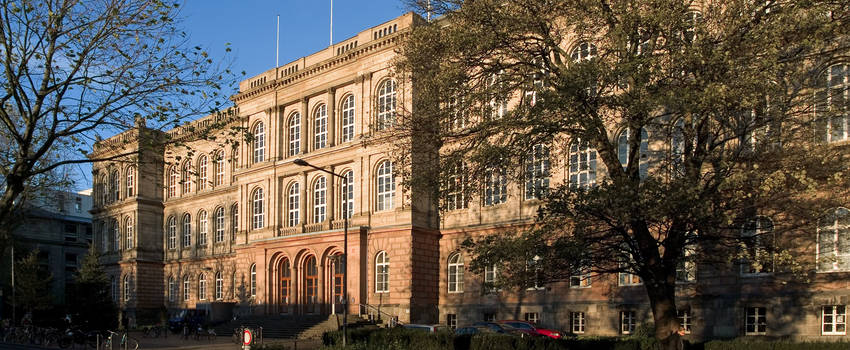 © RWTH Aachen
© RWTH Aachen

RWTH Aachen University (Rheinisch-Westfälische Technische Hochschule Aachen)
Aachen, Germany"With its 260 institutes in nine faculties, RWTH Aachen is among the leading European scientific and research institutions."
"The Excellence Initiative of the German federal and state governments provided a huge boost to the further development of RWTH Aachen University. The institutional strategy on which the successful Excellence Initiative application was based has, in the meantime, been expanded to form a long-term strategy to strengthen all the areas of the University and enhance their profiles. In the process it has gained great momentum, which can be seen, among other things, in the extensive building activities. Visible evidence of this is the RWTH Aachen Campus that is being developed in close cooperation with industry and which is to form one of the largest research campuses in Europe. Students and employees of RWTH Aachen will benefit equally from these developments and are expressly invited to get involved in shaping the individual initiatives."
"RWTH Aachen has set for itself clearly defined goals. By the year 2020, it aims to be the best German University of technology and one of the top five in Europe as measured by academic output, by the quality of its graduates, and by external funding." (Source)
Map
As humans react differently to chemical substances one of the challenges for public health is to establish which compounds are harmful for whom. The research project presented in this video uses crowdsourcing as part of the DREAM challenges as a method to improve research on this topic by involving the scientific community. Data on different reactions to chemical compounds were shared with scientists all over the world. They analyzed the data with different methods and every participating group described their methods and findings in detail. JULIO SAEZ-RODRIGUEZ explains how the outcomes show that the combination of all suggestions allowed for a better prediction of reactions to chemicals. In general the findings show that crowdsourcing has positive effects on science as it accelerates research, and that it is a powerful resource for computational biomedicine.
LT Video Publication DOI: https://doi.org/10.21036/LTPUB10186
Prediction of Human Population Responses to Toxic Compounds by a Collaborative Competition
- Federica Eduati, Lara M. Mangravite, Tao Wang, Hao Tang, J. Christopher Bare, Ruili Huang, Thea Norman, Mike Kellen, Michael P. Menden, Jichen Yang, Xiaowei Zhan, Rui Zhong, Guanghua Xiao et al
- Nature Biotechnology
- Published in 2015


